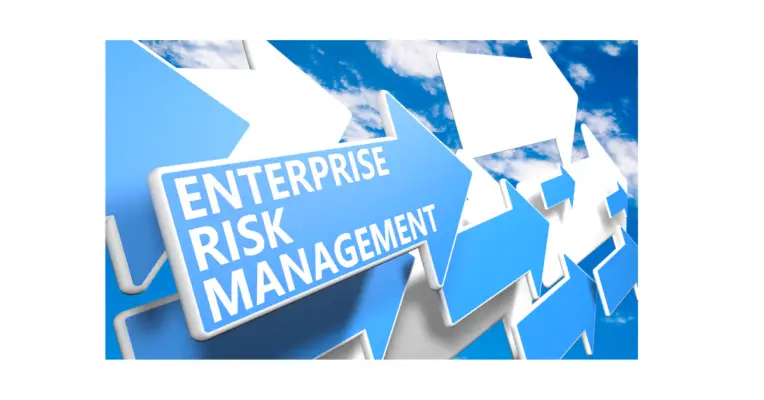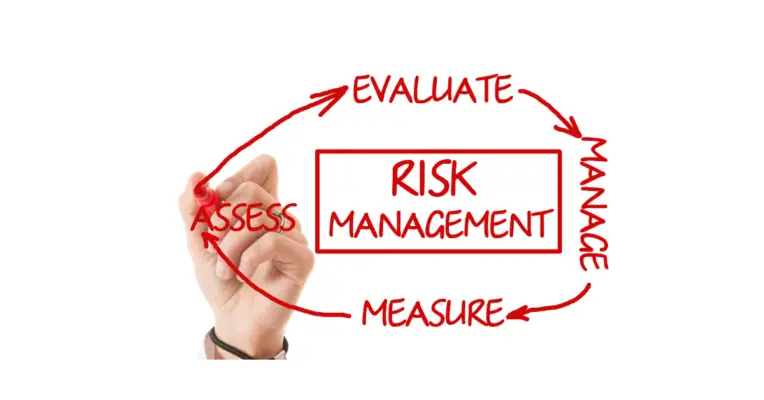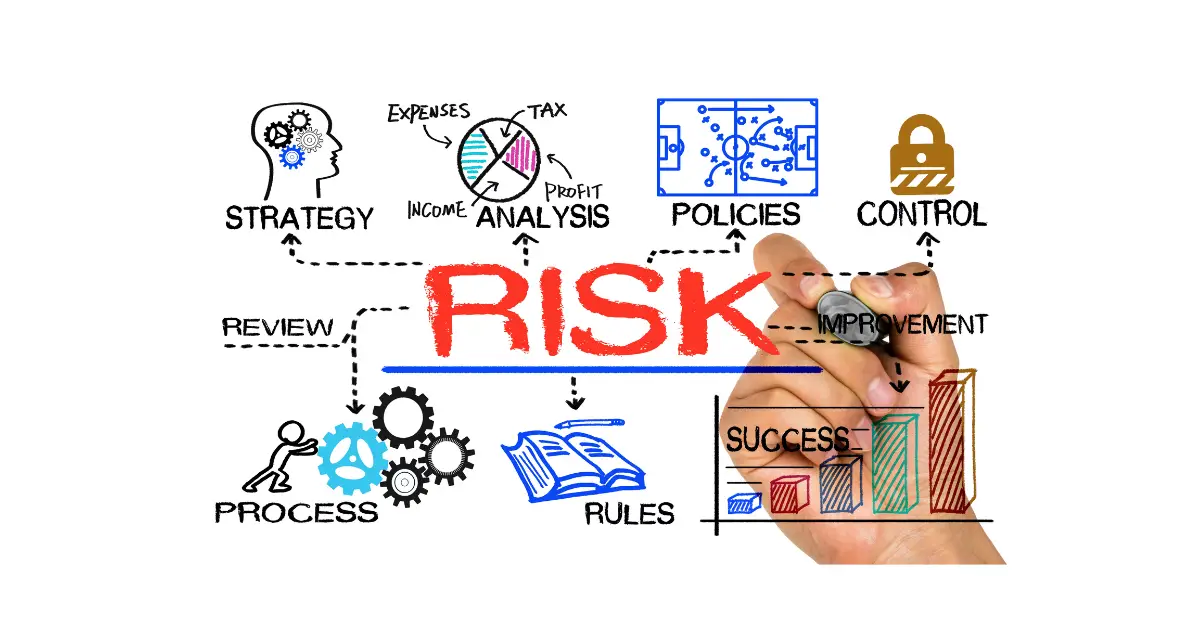ISO 31000 and the COSO ERM Framework updates are causing organizations to feel overwhelmed. Although ISO 31000 and COSO ERM Framework offer a wide range of benefits in reducing risk to organizations the COSO Framework provides an interrelated solution. Both of these standards set forth best practices for identifying, assessing, and responding to risks. However, there are some key differences between the two.
COSO ERM is a framework for implementing an effective enterprise risk management program. It provides guidance on how to identify, assess, and respond to risks at the organizational level. ISO 31000, on the other hand, is a set of principles and guidelines for risk management. It can be used by organizations of all sizes and can be applied to any type of risk.
One key difference between COSO ERM and ISO 31000 is the scope of each standard. COSO ERM focuses on enterprise-level risks and general corporate governance, while ISO 31000 can be applied to any type of risk. another key difference is that COSO ERM is a framework, while ISO 31000 is a set of principles.
This means that ISO 31000 is more flexible and can be adapted to fit the needs of any organization. Finally, COSO ERM requires an organization to have a formal risk management program in place, while ISO 31000 does not have this requirement.
One of the major differences is that COSO ERM focuses on organizational culture and governance, while ISO 31000 takes a more holistic approach that looks at the entire organization. Additionally, COSO ERM is designed specifically for use in the United States, and for financial executives international.
COSO ERM vs. ISO 31000 Risk Management Standards:
-COSO ERM focuses on organizational culture , governance, and internal controls, while ISO 31000 takes a more holistic approach that looks at the entire organization.
-COSO ERM is designed specifically for use in the United States, while ISO 31000 can be used by organizations around the globe.
-ISO 31000 is more comprehensive than COSO ERM and includes additional guidance on risk assessment and treatment.
– Both sets of guidelines help organizations to identify and manage risk. Organizations should carefully consider which standard is best suited for their needs.
Fortunately, many standard risk management approaches can give your firm more control over their risk landscape. The COSO ERM Guidelines are the optimal framework for the e-regulation framework ISO31000.
The implementation of enterprise risk management systems (ERM) systems can be difficult and can cause problems for many organisations. Adopting updated COSO ERM/ ISO 31000 standards is a priority for compliance purposes.
There are two main risk management standards that organizations use today: COSO ERM and ISO 31000. Both of these standards have their pros and cons, but what is the difference between them? In this blog post, we will compare and contrast COSO ERM and ISO 31000 risk management standards to help you decide which standard is right for your organization. Stay tuned!
The COSO Enterprise Risk Management framework in a nutshell
The COSOs Framework is primarily intended to help companies reduce risks and improve their operations. It was redesigned in 2017 to deal with the ever-growing complexity of the ERM process and to improve the ways organizations manage risk. The revised version emphasizes the importance of taking risks as part of the business’s strategic decisions and operations. It can be applied across diversified organizations and across industries, the document explains.
The COSO ERM framework is a comprehensive approach to managing enterprise risk. It provides organizations with a way to identify, assess, and manage risks that could impact the achievement of their strategic objectives.
The framework is made up of five components: control environment, risk assessment, risk control, information and communication, and monitoring. Each component plays a vital role in the overall risk management process.
The control environment sets the tone for an organization’s risk management activities and establishes the foundation for how risks will be controlled. The risk assessment component helps organizations identify and assess risks that could impact their business operations.
The risk control component helps organizations put controls in place to mitigate or eliminate identified risks. The information and communication component ensures that information about risks is communicated effectively throughout the organization.
The monitoring component ensures that the risk management process is working as intended and that any necessary corrective actions are taken. By implementing the COSO ERM framework, organizations can improve their ability to effectively manage enterprise risk.
The COSO ERM incorporated framework has been revised since 2015 and acts as a standard framework for the ERM that identifies and defines different internal control concepts and the corporate risk management framework. Several key goals in the framework include identifying key ERM areas and implementing a common language.
Participants are provided with ERM guiding documentation. The framework contains five components; Strategy & Objective Setting – requires firms to define quantifiable outcomes while developing the risk tolerance strategy. Information communications, reporting, and information needs internal and external stakeholders for optimum communications.
COSO has been developed by five professional associations – The Institute of Manager Accountants, American Institute of Certified Public Accountants, International Finance Advisory Council, and Internal Auditing Institute. A framework for implementing a risk management system. COSO provides guidance on implementing risk management.
International organization like the america accounting organization advises its members to use the standard for the strategic decision making process.

ISO 31000 ERM Framework
It provides principles and guidelines for managing the risks associated with equipment and customer incidents and provides common approaches for the management of these. Similar in concept to COSO ERM, ISO 31000 does not cover specific sectors. It is one of the leading risk management standards that looks at the business objectives holistically, even looking at fraudulent financial reporting risks.
ISO says that ISO’s goal is to help organizations formalize their risk management practices across their entire enterprise. Previously it appeared in 2009 and was updated to 2018. Its a generic risk management standard that even management accountants can use and apply in risk identification. Both strategic and operational risks can be assessed through the ISO 31000 standard.
The ISO 31000:2018 standard provides guidelines for Risk Management. This means that it can be used by any organization regardless of its size, nature, or complexity. The Guidelines are generic and therefore are not specific to any particular industry or sector. The standard is based on the following principles:
-Risk is an uncertain event or set of events that, if it occurs, has an impact on one or more objectives.
-Risk management is the coordinated activities to direct and control an organization with regards to risk.
-Risk management contributes to the achievement of objectives.
-Risk management is an integral part of decision making and business processes.
-Risk management is a systematic process.
-Risk management is transparent, inclusive, and dynamic.
The Guidelines also provide a framework for risk management which consists of the following elements:
-Establishing the context
-Identifying risks
-Assessing risks
-Treating risks
-Monitoring and reviewing risk management processes.
Implementing an effective risk management system can help organizations protect themselves from potential exposures and minimize the impacts of negative events. In order to be successful, risk management must be tailored to fit the specific needs of the organization.
The use of the ISO 31000:2018 standard can help organizations develop a customized risk management system that meets their unique needs.

Understanding the Differences between the COSO ERM Framework and ISO 31000 Risk Management Standards
The Committee of Sponsoring Organizations of the Treadway Commission (COSO) published the Enterprise Risk Management-Integrated Framework in 2004. The intent of this framework is to help organizations identify, assess, and manage risk.
In contrast, ISO 31000 is an international standard that provides guidelines for risk management. Although both frameworks are concerned with risk management, there are some key differences between them.
One of the main differences is that the COSO ERM Framework is tailored specifically for businesses, while ISO 31000 can be applied to any type of organization. Another difference is that the COSO ERM Framework focuses on eight types of risk, while ISO 31000 considers all risks, regardless of type.
Additionally, the COSO ERM Framework includes guidance on how to develop a risk management program, while ISO 31000 does not. Finally, the COSO ERM Framework is designed to be integrated with an organization’s existing business processes, while ISO 31000 can be implemented as a standalone risk management system.
Despite these differences, both the COSO ERM Framework and ISO 31000 can be beneficial for organizations seeking to improve their risk management practices. By understanding the key distinctions between these two frameworks, organizations can make an informed decision about which one is right for them.
Similarities between COSO and ISO 31000
There are a few key similarities between the COSO and ISO 31000 risk management frameworks. First, both frameworks aim to help organizations identify, assess, and manage risks. Second, both frameworks emphasize the importance of establishing a risk appetite and tolerances.
Finally, both frameworks advocate for a holistic approach to risk management that takes into account organizational culture, strategy, and structure.
The two have many similarities, which revolve around the same purpose: helping organizations improve decision making processes by identifying, evaluating and monitoring risks. The following are several important differences to keep in mind when assessing whether a standard would best fit an organization.

Differences between COSO ERM and ISO 31000
One of the most important decisions a company has to make is how to manage risk. Although there are many different frameworks and standards available, two of the most popular are the COSO Enterprise Risk Management Framework and the ISO 31000 standard. Both of these systems have their own strengths and weaknesses, so it’s important to understand the key differences before making a decision.
The COSO ERM framework was created by the Committee of Sponsoring Organizations of the Treadway Commission. It defines enterprise risk management as “a process, effected by an entity’s board of directors, management, and other personnel, applied in strategy setting and across the enterprise, designed to identify potential events that may affect the entity, and manage risk to be within its risk appetite, to provide reasonable assurance regarding the achievement of entity objectives.”
The framework is composed of eight components: context, objective setting, event identification, risk assessment, risk control, information and communication, monitoring, and review. The framework largely focuses on internal controls that are used by internal auditors for assessing risk effectiveness.
ISO 31000 is an international standard that provides guidelines for risk management. It defines risk as “the effect of uncertainty on objectives” and provides a systematic approach for managing risks. The standard is divided into ten sections: introduction, principles, framework, process, implementation, evaluation and improvement.
There are several key differences between these two standards. The COSO ERM framework focuses on identifying and managing risks at the enterprise level, while ISO 31000 can be applied to any type of organization.
The COSO ERM framework is also comprehensive in scope, covering all eight components of risk management. ISO 31000 only covers six of these components: principles; framework; process; implementation; evaluation; improvement.
Finally, ISO 31000 is flexible in its approach to risk management, while the COSO ERM framework is more prescriptive.
Embedding risk management in organizational processes increases risk management capabilities of organizations. Risk management experts do not prescribe any standard to organizations and largely depends on risk tolerance strategies used in risk criteria.
Conclusion
The two standards, COSO ERM and ISO 31000, provide different but complementary perspectives on risk management. Organizations should carefully consider which standard will be most applicable to their specific situation and use that standard as the foundation for developing a comprehensive risk management program. Both standards are widely recognized and have been adopted by many organizations around the world, making them an excellent choice for companies looking to improve their risk management practices.

Chris Ekai is a Risk Management expert with over 10 years of experience in the field. He has a Master’s(MSc) degree in Risk Management from University of Portsmouth and is a CPA and Finance professional. He currently works as a Content Manager at Risk Publishing, writing about Enterprise Risk Management, Business Continuity Management and Project Management.

